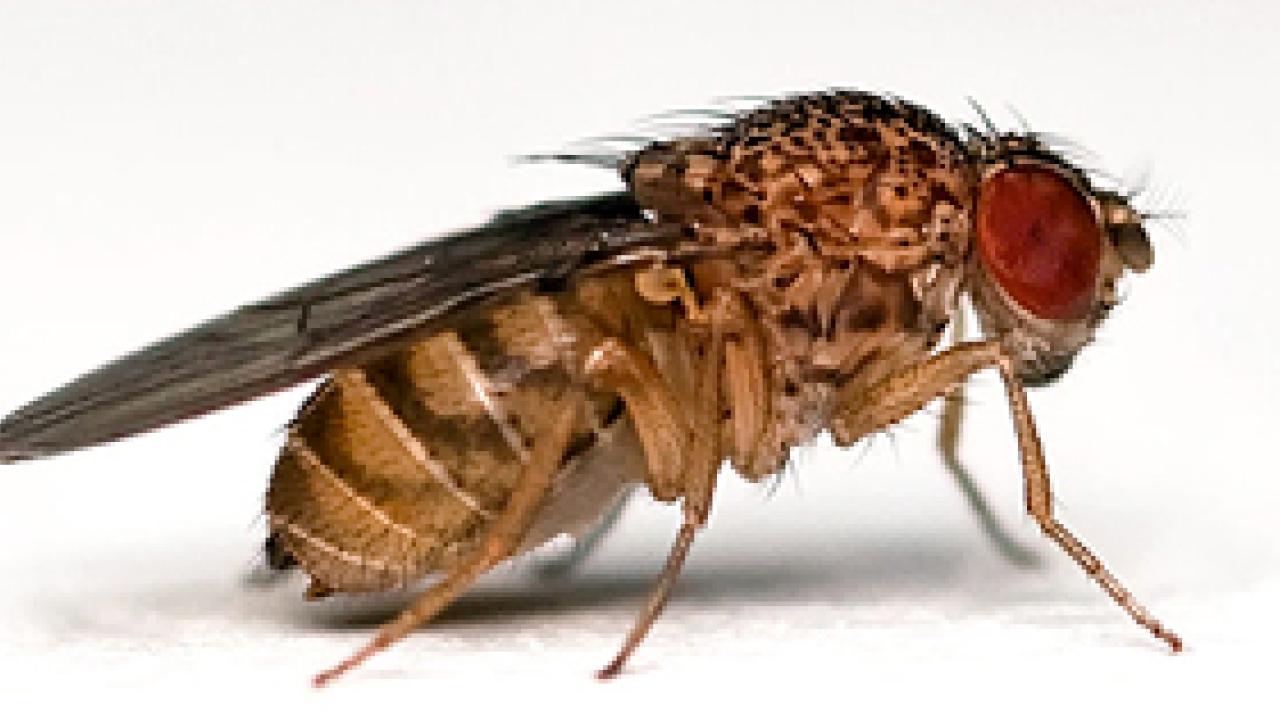"Where do new genes come from?" is a long-standing question in genetics and evolutionary biology. A new study from researchers at the University of California, Davis, published Jan. 23 in Science Express, shows that new genes are created from non-coding DNA more rapidly than expected.
"This shows very clearly that genes are being born from ancestral sequences all the time," said David Begun, professor of evolution and ecology at UC Davis and senior author on the paper.
Geneticists have long puzzled about how completely new genes appear. In a well-known model proposed by geneticist Susumu Ohno, new functions appear when existing genes are duplicated and then diverge in function. Begun's laboratory discovered a few years ago that new genes could also appear from previously non-coding stretches of DNA, and similar effects have since been discovered in other animals and plants.
"This is the first example of totally new genes still spreading through a species," said Li Zhao, a postdoctoral researcher at UC Davis and first author on the paper.
Zhao looked at RNA transcripts -- corresponding to expressed genes -- in the testes of several wild-derived strains of the fruit fly Drosophila melanogaster, and compared them to transcripts expressed in the standard reference sequence strain and in two closely related species. She found 248 new genes that exist only in D. melanogaster, just over a hundred of which were "fixed," or already spread throughout the population.
These genes emerged from ancestrally non-coding DNA since D. melanogaster split from its close relative, D. simulans.
The new genes showed evidence of being under selection, meaning that they were spreading through the population as flies carrying them gained an edge in reproduction. They fell into two broad classes: genes found at high frequency tended to be larger and more complex, and therefore likely had more significant functions, than those found at low frequency.
The researchers studied testis because earlier work showed a relatively high rate of adaptive evolution for male reproductive function, Begun said. They plan to expand their studies to other tissues.
Zhao said that it's possible that these new genes form when a random mutation in the regulatory machinery causes a piece of non-coding DNA to be transcribed to RNA.
"If it has a beneficial effect, then it gets selected," she said. It's difficult to say at this point how important this phenomenon is for generating new genetic material, Zhao said.
Other authors on the paper are Perot Saelao, junior specialist in Begun's lab, and former postdoctoral researcher Corbin Jones, now an associate professor at the University of North Carolina Chapel Hill. The work was funded by grants from the National Institutes of Health and National Science Foundation.
Media Resources
Andy Fell, Research news (emphasis: biological and physical sciences, and engineering), 530-752-4533, ahfell@ucdavis.edu
David Begun, Evolution and Ecology, (530) 754-6362, djbegun@ucdavis.edu
Li Zhao, Evolution and Ecology, (530) 754-9551, lizhao.bio@gmail.com
